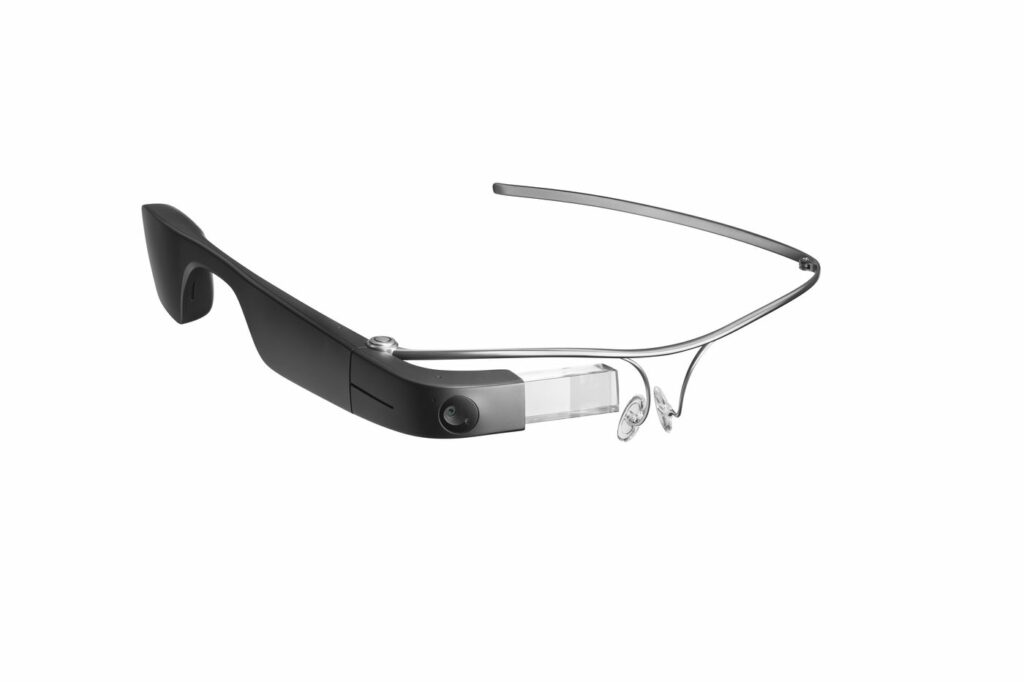Augmented reality caught my attention in 2013 with the introduction to Google Glass. The first Glass prototypes displayed a tiny heads-up display using a screen attached to a glasses frame. I also have experience with Apple’s AR features to visualize their products. For these reasons I believed most applications for AR would be somewhat trivial or game-like. After watching the speaker explain how we can use the Merge Cube for learning, I thought of all the possibilities if we weren’t limited to small displays, or viewing through an iPad.

In one video this week, Matt Bower from Macquarie University mentioned a contact lens used to display information as a heads-up display to diabetics. Upon further research, I discovered an augmented reality contact lens that is currently in development called the Mojo Lens.
The Mojo user would wear a small computer on a necklace, which would serve as a processing centre to broadcast to the contact lenses. Dependent on the computing power, when paired with technologies like the Merge Cube, or similar QR-styled codes, this could provide endless possibilities for gamification of interactive learning. Alternatively, given limited computing power, one could implement learner-centered design, issue or receive feedback, or guide learners using principles from a model such as the ADDIE model.


2021-06-09 at 11:32 am
Interesting! AR has a lot of potential as you write. We will look at gamification of learning next week too.